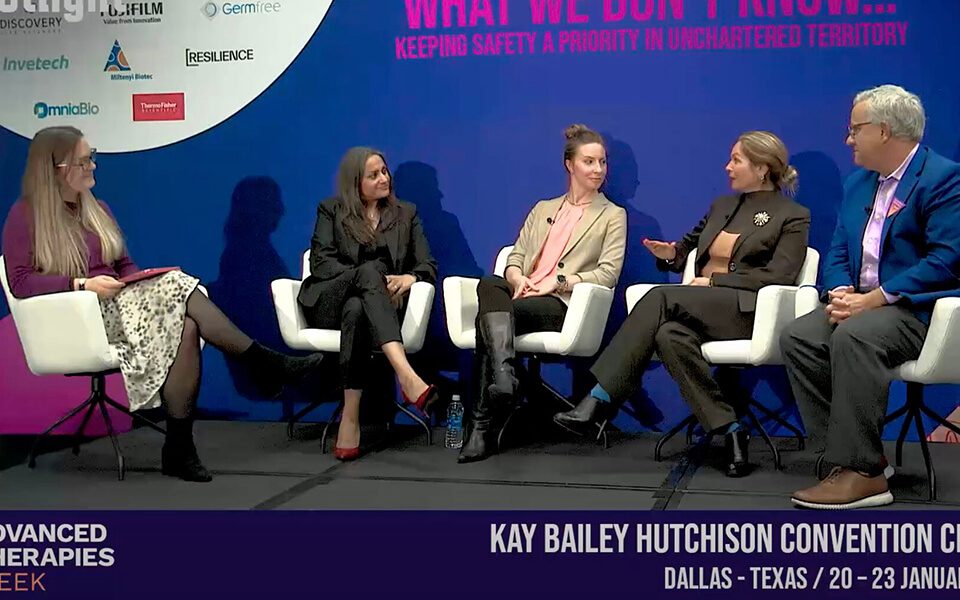The world of cell and gene therapy (CGT) is rapidly evolving, bringing with it a wave of exciting new possibilities for treating and potentially curing a range of diseases. However, this fast-paced innovation also presents a complex regulatory landscape that can be challenging for healthcare organizations to navigate. In a recent webinar hosted by Title 21 Health Solutions, industry expert Federico Rodriguez Quezada shed light on some of the key challenges and strategies for success in this dynamic field.
Staying Ahead of Regulatory Changes
One of the most pressing challenges in the CGT space is keeping up with the constant stream of new regulatory guidances and changes. As Federico noted, “The FDA is giving all these guidances and regulations; they tell you what to do but not how to do it.” This can leave organizations struggling to interpret and implement new requirements, particularly those without a well-established quality structure.
Building a Strong Quality Foundation
A robust quality management system is essential for any organization involved in CGT. It not only ensures compliance with regulations but also enables efficient operations, consistent product quality, and ultimately, patient safety. Federico emphasized that “you have to have a strong quality structure to support” the development and delivery of new CGT products.
Overcoming Common Pain Points
Several factors can contribute to difficulties in achieving and maintaining accreditation in the CGT space. These include limited resources, staff turnover, and the lack of a strong quality culture. Federico pointed out that some institutions are hesitant to invest in quality, not realizing the potential “cost of non-quality.” This can lead to severe deviations, damaged reputations, and even patient harm.
Embracing Innovative Solutions
Despite the challenges, many organizations are finding creative ways to meet accreditation standards and streamline their processes. Some have developed homegrown databases and inventory management systems, while others have implemented standardized training programs to ensure knowledge transfer and consistency. As Federico observed, “The tools are supposed to make life easier for you.”
The Importance of Digital Solutions
Federico also underscored the critical role of digital solutions in navigating the regulatory landscape. “Having digital solutions really saves a lot of pain and frustration to the staff,” he stated. These solutions can help organizations:
- Ensure data integrity and accessibility: Digital systems provide a secure and easily accessible repository for critical data, enabling organizations to respond quickly to audits and inspections.
- Streamline processes and improve efficiency: Automation and digitization can help reduce manual errors, improve efficiency, and free up staff to focus on more value-added activities.
Standardization: The Key to Efficiency
Standardization across datasets and processes is another critical factor for success in the CGT space. It enables efficient training, consistent product quality, and facilitates collaboration in multi-center studies. Federico stressed that “standardization is the key,” as it allows for seamless data sharing and ensures that everyone is speaking the same language.
The Road Ahead
The future of CGT is bright, but it’s clear that navigating the regulatory landscape will require ongoing effort and adaptation. By building strong quality foundations, embracing innovative solutions, and advocating for greater standardization, organizations can position themselves for success in this exciting and rapidly evolving field.
As Federico eloquently put it, “You have to invest in quality. You have to have a very good, solid quality structure.”







